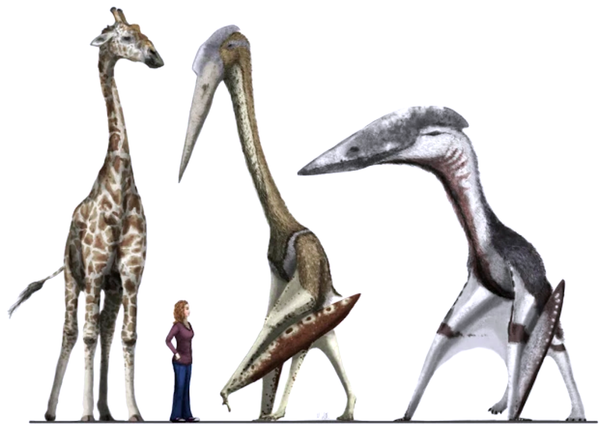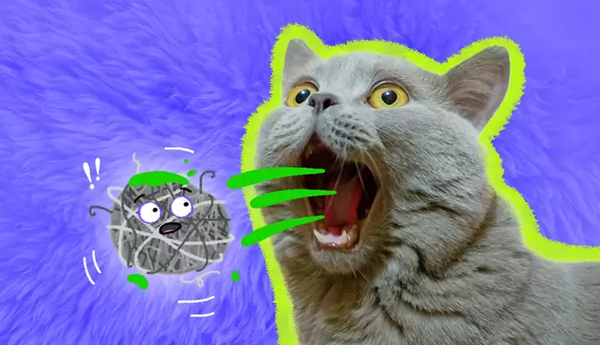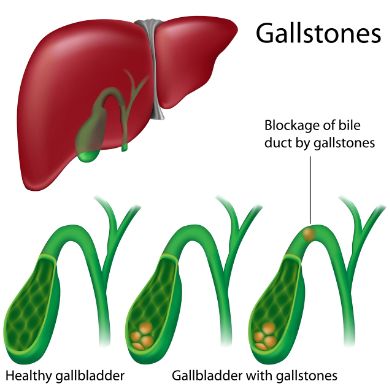Scoliosis: Symptoms, Preventions and Rehabilitation

By Emily Zhou
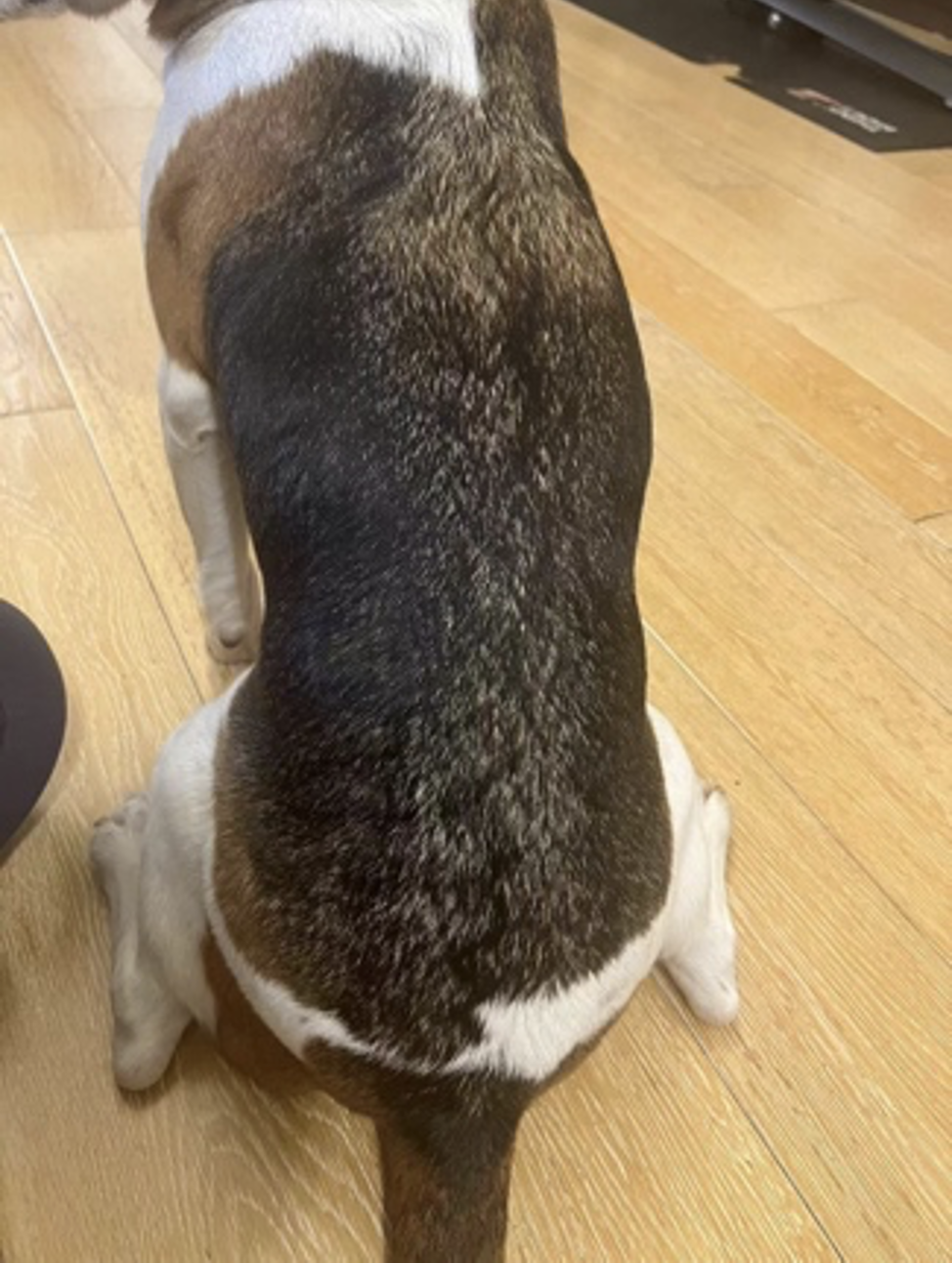
Symptoms
If you don’t look after your postures carefully enough, you might end up being like...
Early Symptoms include:
-Uneven hips, waist, or shoulders
-Back pain
-Leaning while standing
-One shoulder blade appears more prominent than the other
-(Depressed/Anxious mood due to compression on the nerves)
Muscular Symmetry
The body is divided into 3 parts, the shoulder, the middle chest rib, the lower pelvis and the lumbar spine add up to a part of the 3-arc. In general, thoracic vertebrae are mainly curved. After thoracic vertebrae occur, due to the biomechanics of the human body, the head is always kept in the neutral position, so the cervical and lumbar vertebrae will appear compensatory bending to maintain the balance of the torso, and the pelvic belt and shoulder belt will rotate in one direction, while the chest will rotate in the opposite direction.
At the same time, the lateral part will rotate backward.
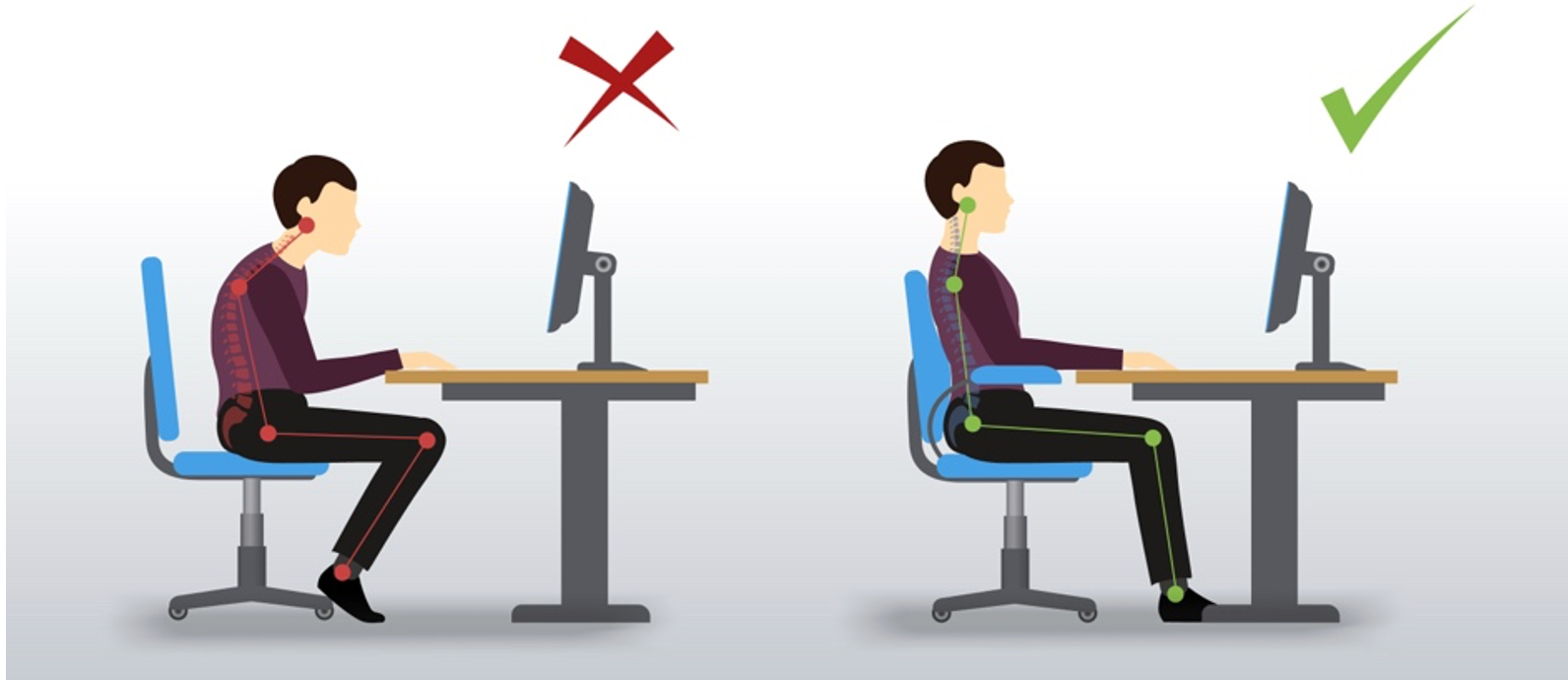
Preventions
Unfortunately, the vast majority of cases, especially those that develop in childhood (idiopathic scoliosis), cannot be prevented — although the progression can sometimes be curtailed. On the other hand, some forms of adult-onset scoliosis can be prevented by practicing good posture, maintaining symmetry when exercising, and eating well.
When studying or doing work, make sure you remain in good posture. This not only reduces the risk of scoliosis but also prevents cervical spondylosis and pelvic anterior tilt.
Rehabilitation
If you are the one who, sadly, had scoliosis under your notice 😦 ,I will introduce you to the SCROTH method.
Rotational Angular Breathing
The system generally recognizes that breathing is the key to correcting scoliosis patients with scoliosis. They must learn to correct the pattern of breathing by “consciously directing inhaled gas into the cavity of the chest to release the ribs with limited movement and the lungs with less ventilation, filling them with air to promote correct posture”. Constricting the convexness, preventing them from expanding, and directing the breath to the recesses and the loose muscles to rotate into angular breathing. Steady-state of the coronal and horizontal plane, and at the moment to make the spine appear straight, and in the next breath and breath, maintain the static support of the body parts of the pull training, pay attention to the air into the concave side to raise it, the distorted chest will be corrected between the force of the breath impact.
Awareness of Your Posture
Katharina Schroth relies heavily on mirrors in her initial practice because mirrors help her patients develop their postural awareness. Realizing that the correct position of the spine is the first step to correcting it, postural awareness is especially important during activities of daily living.


